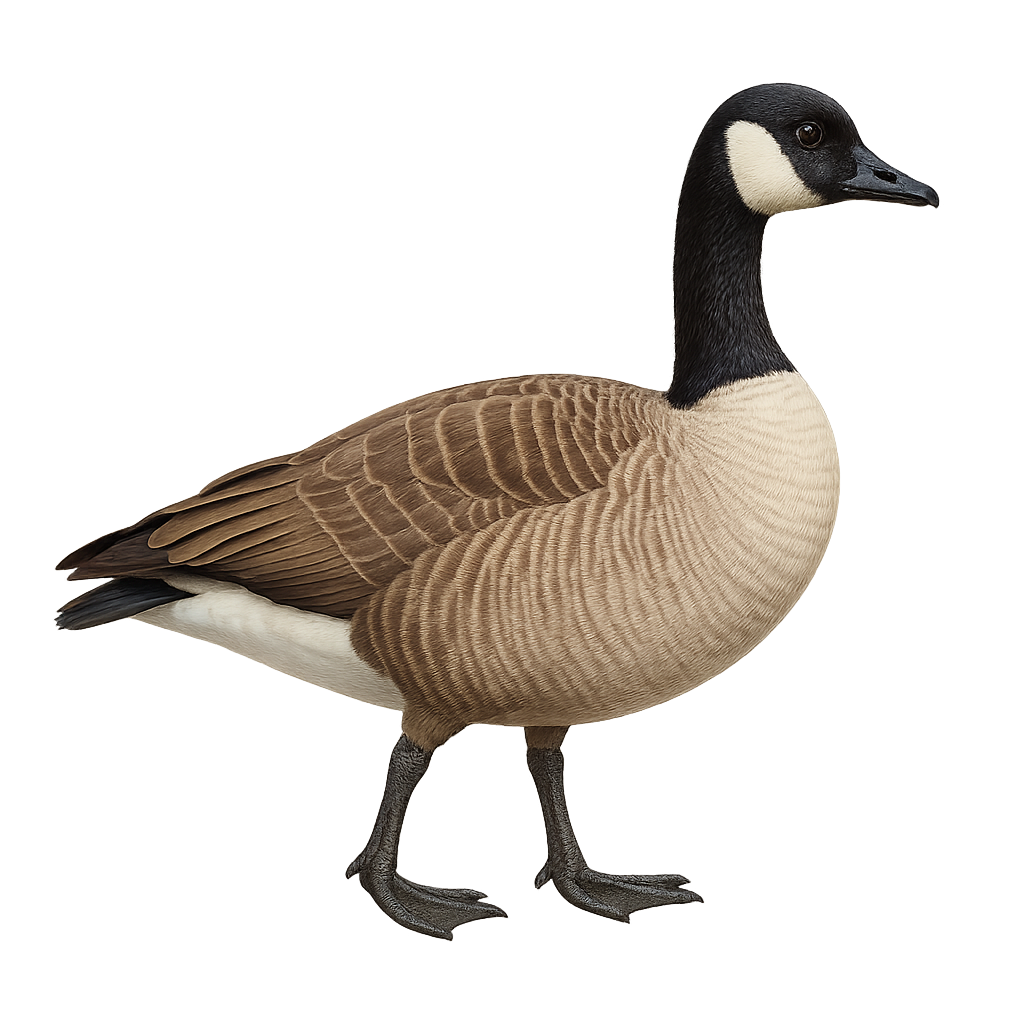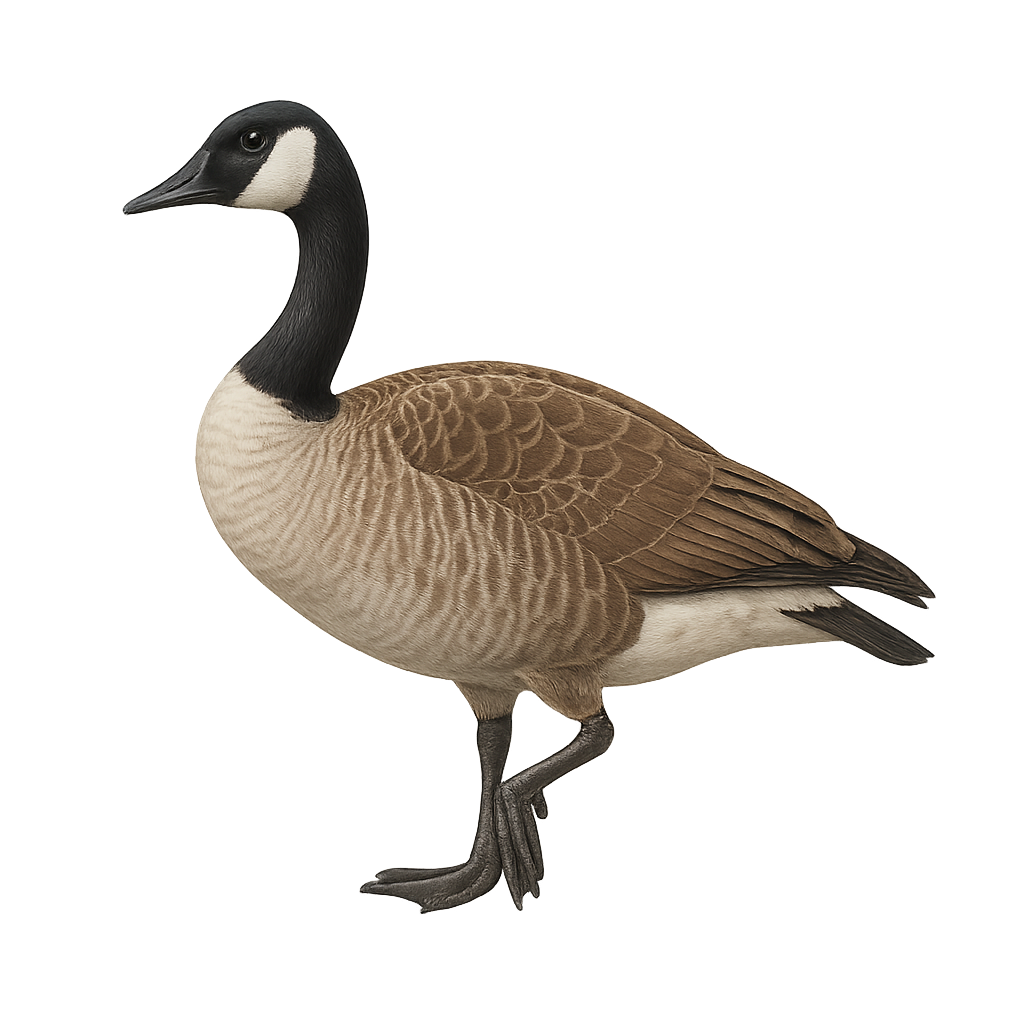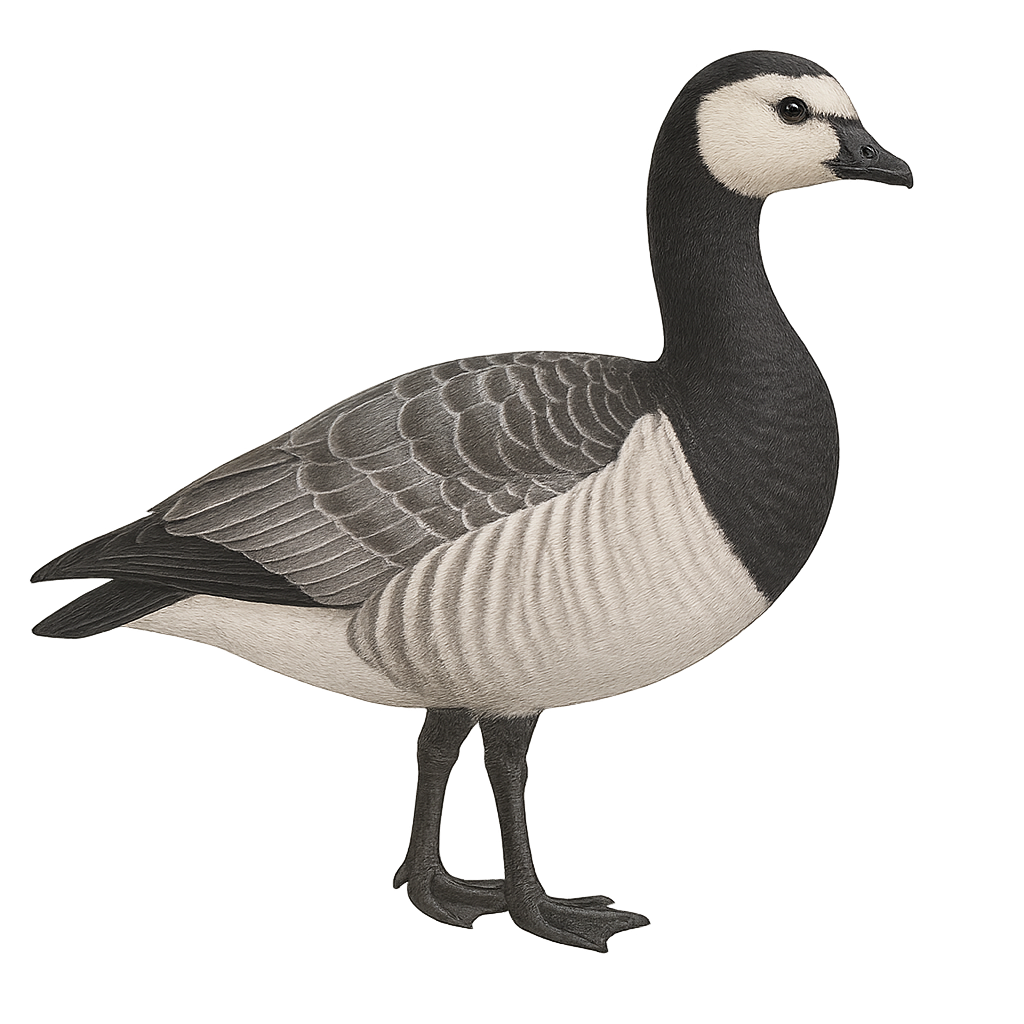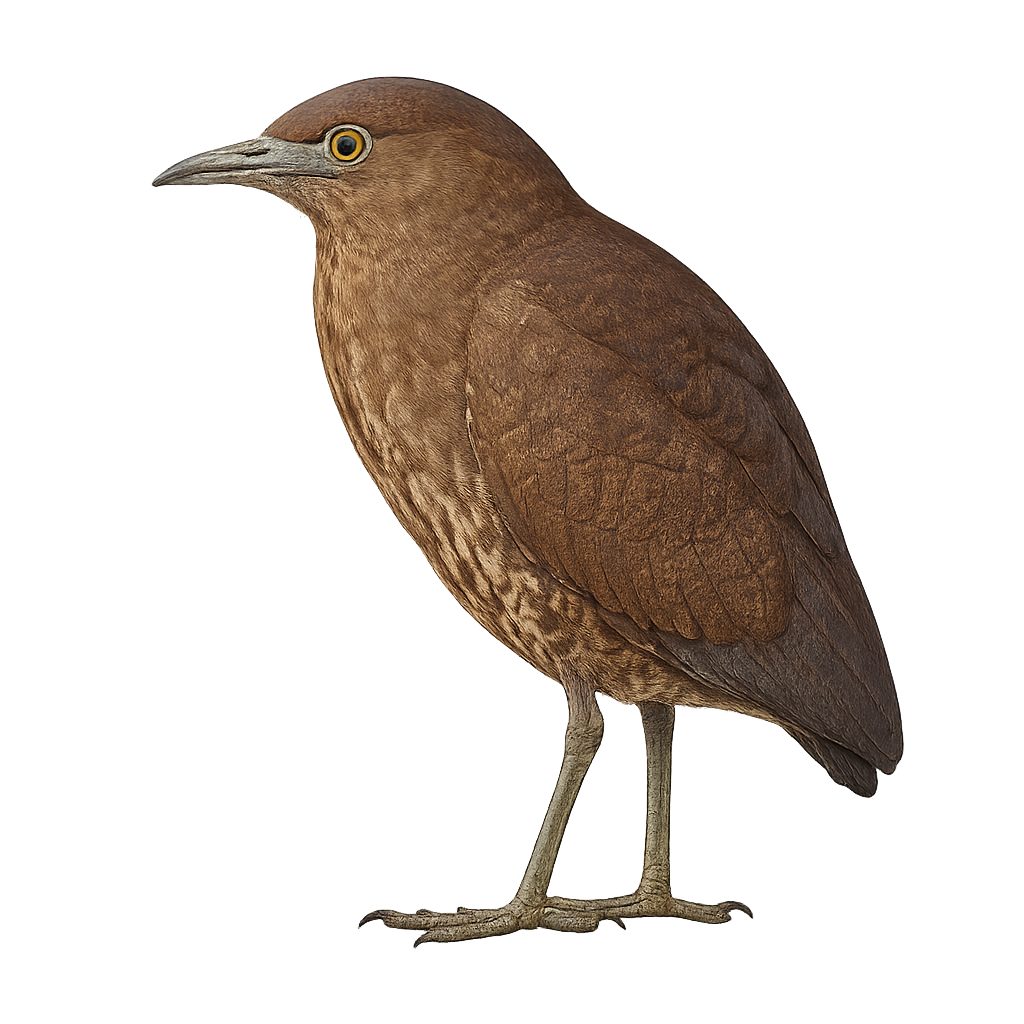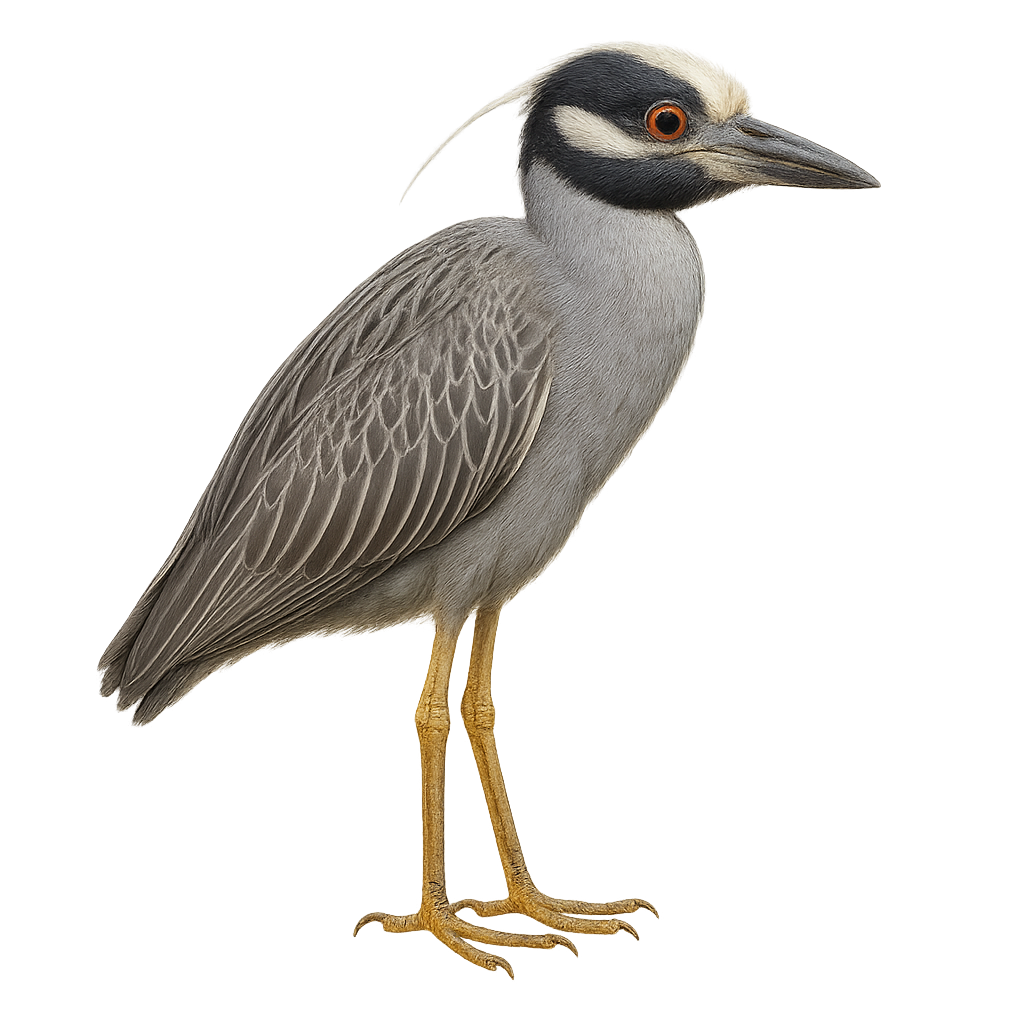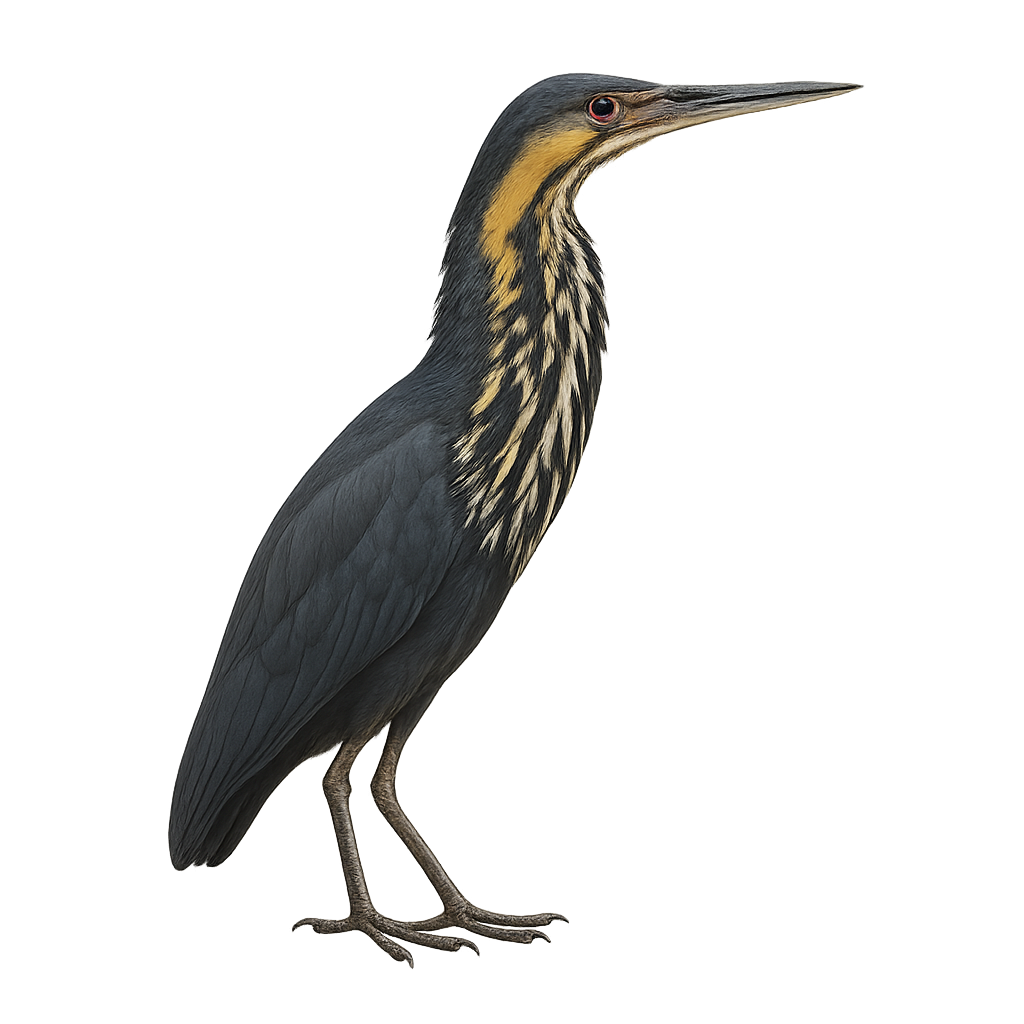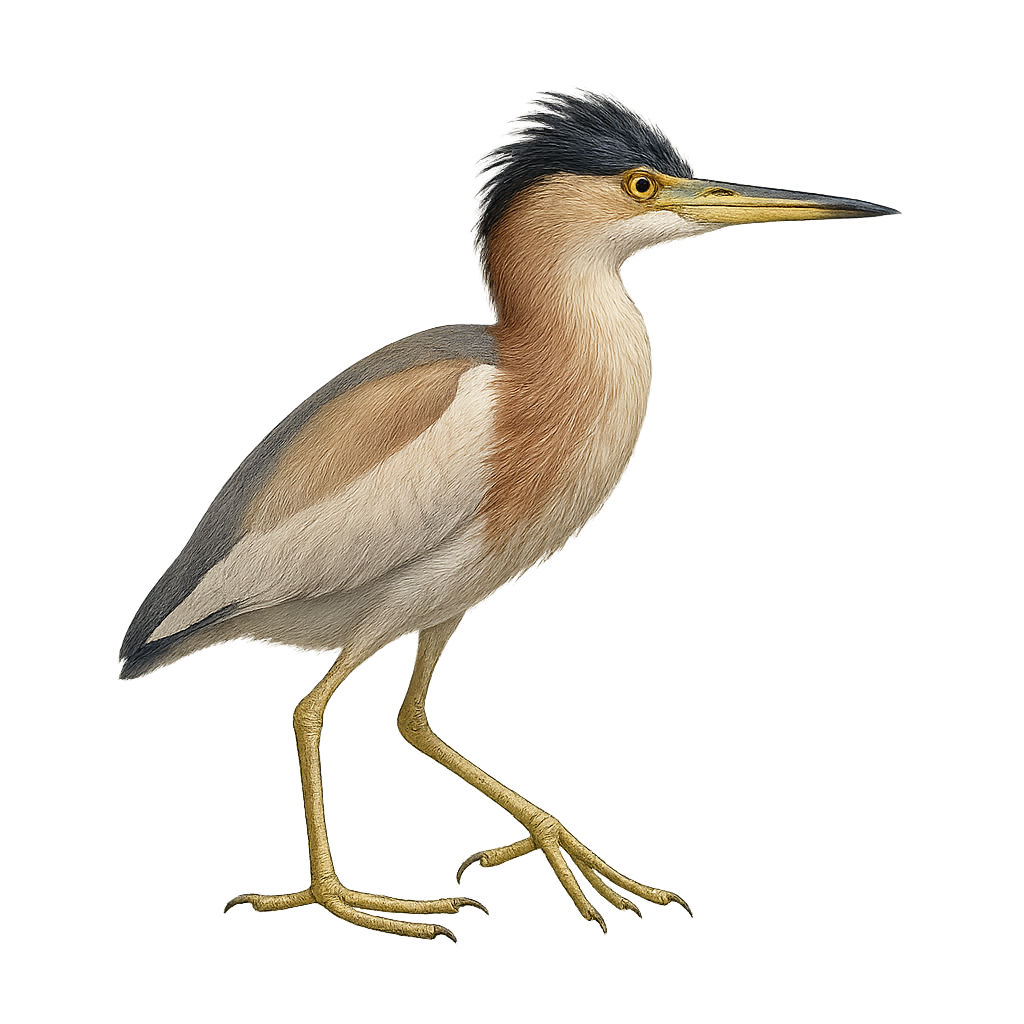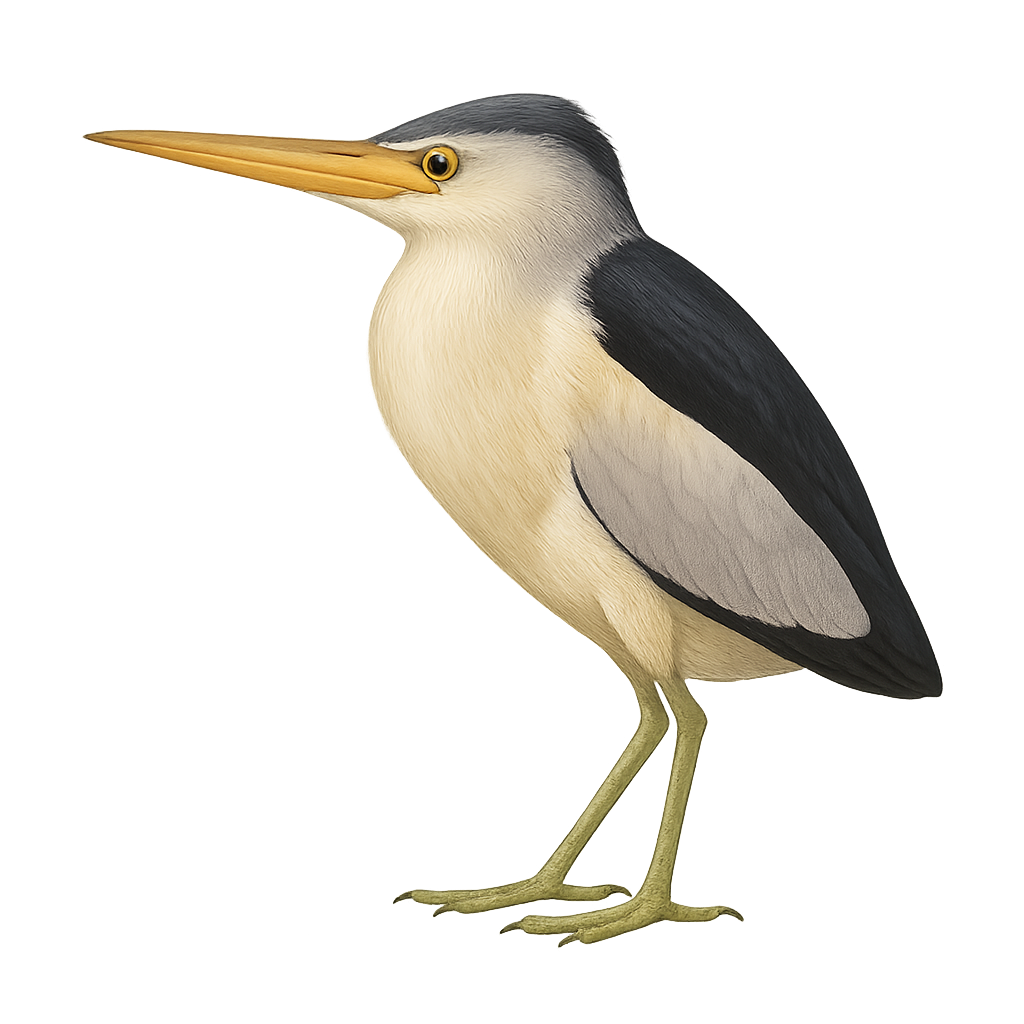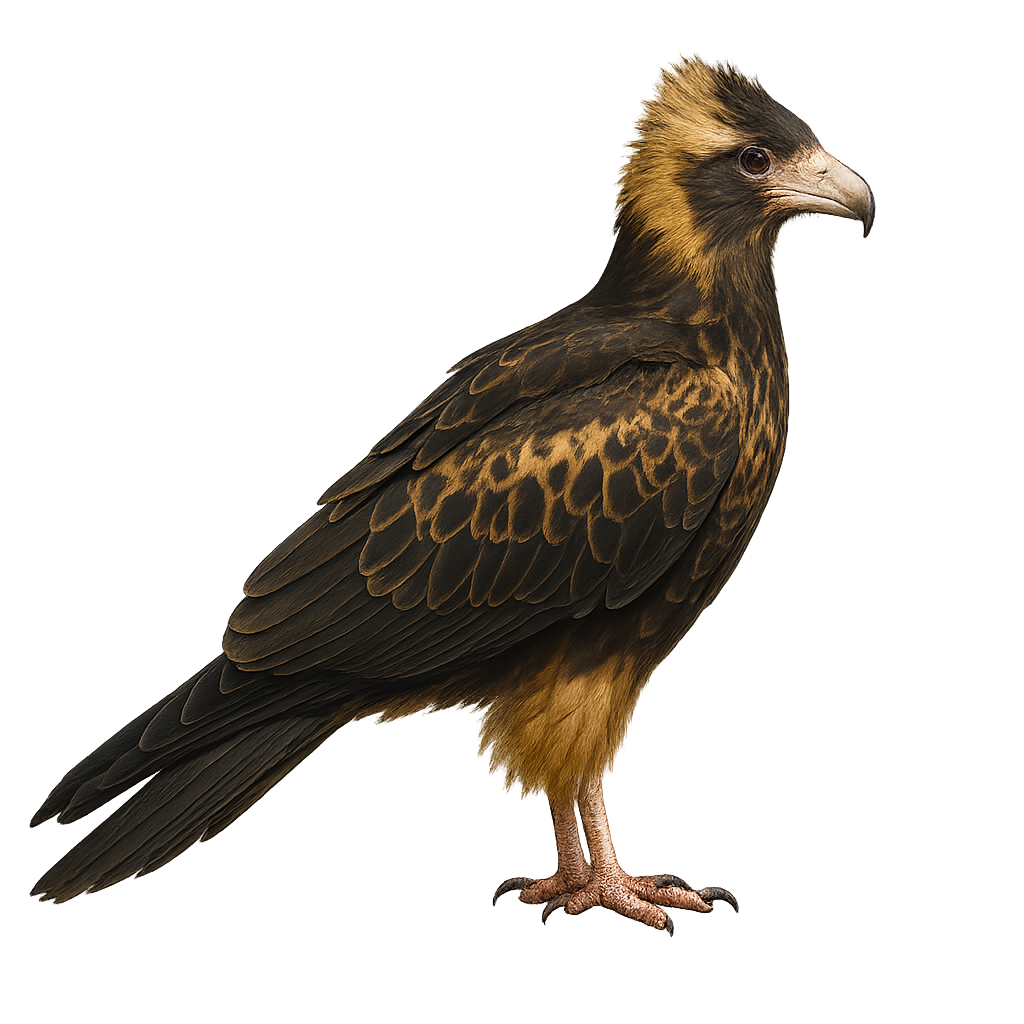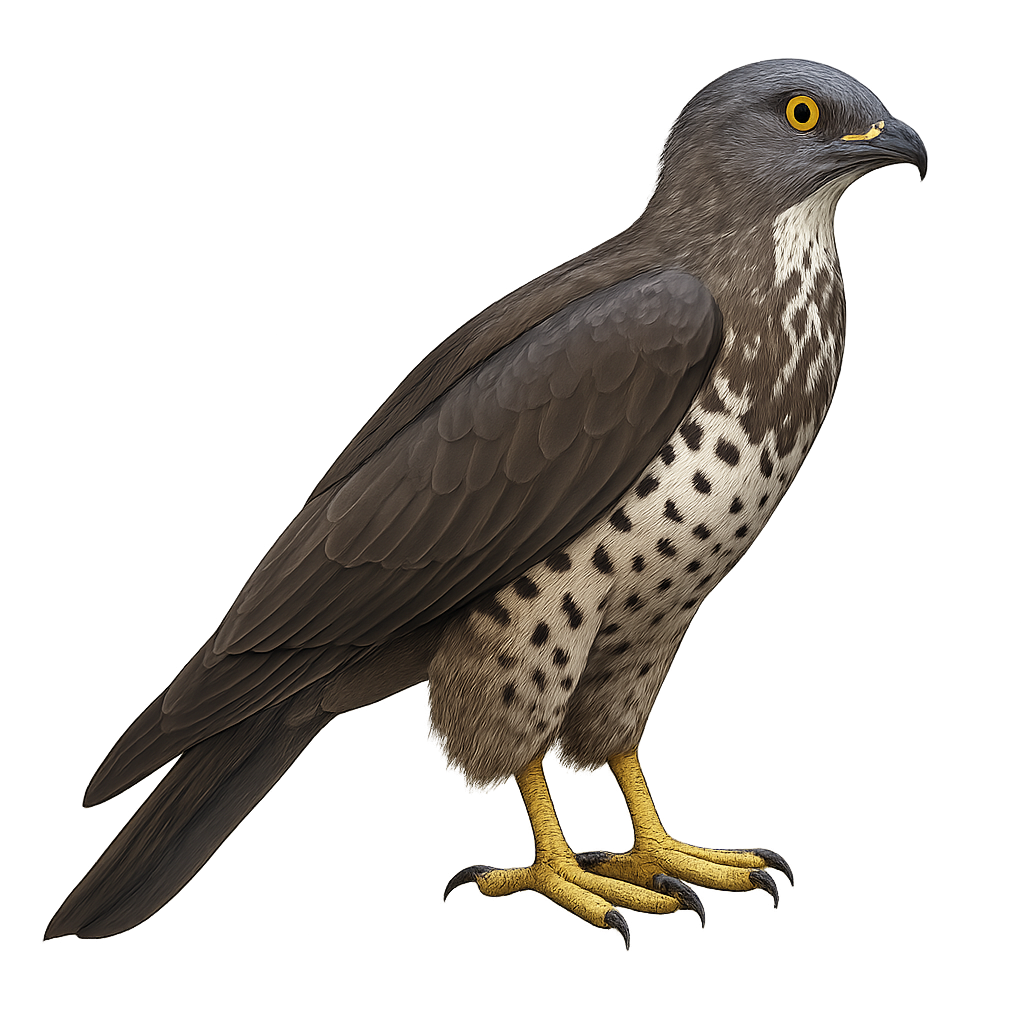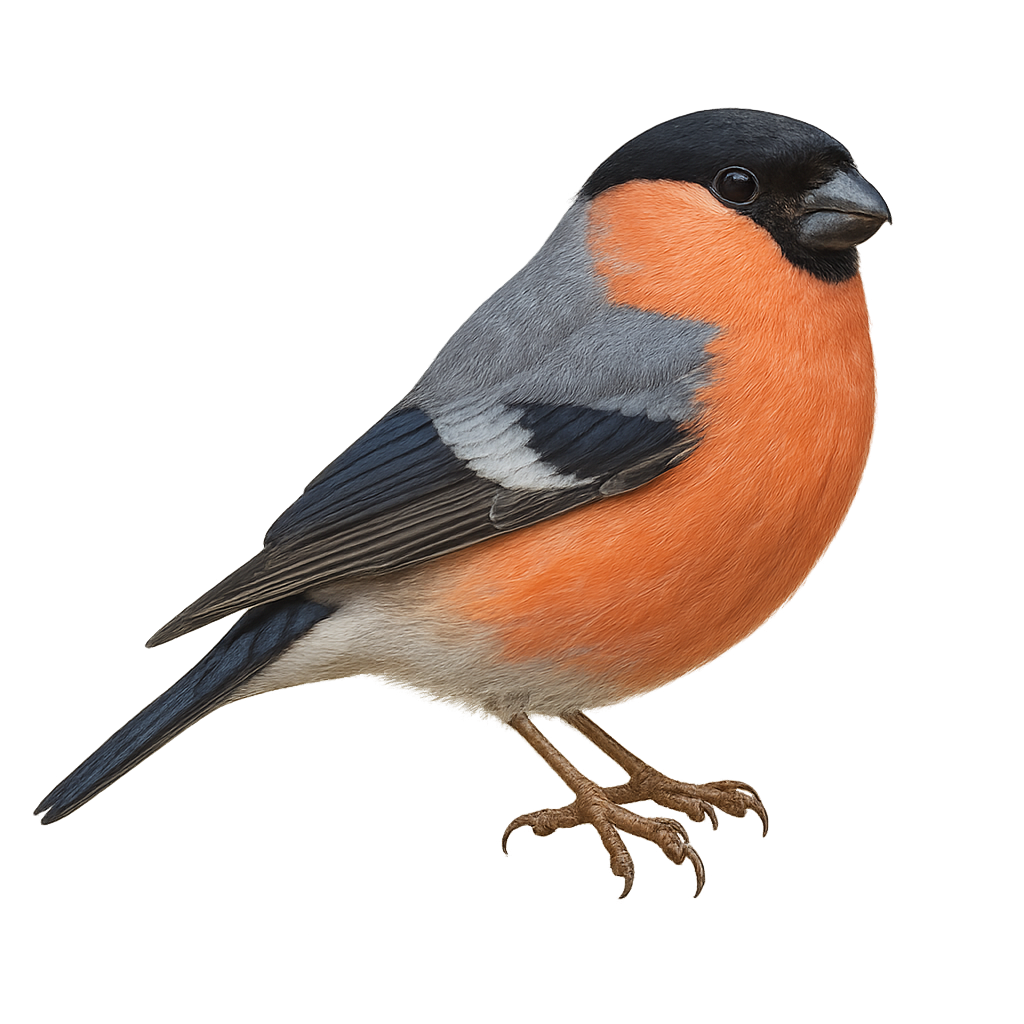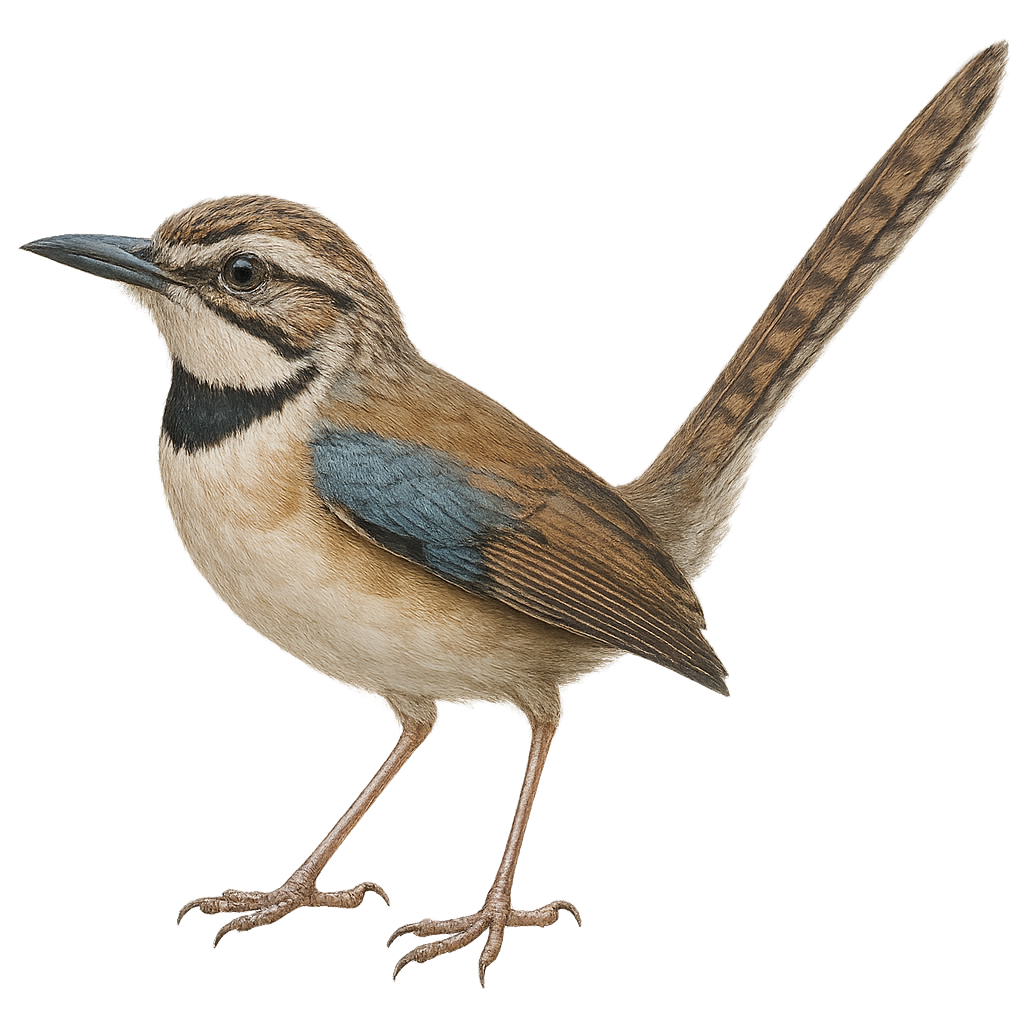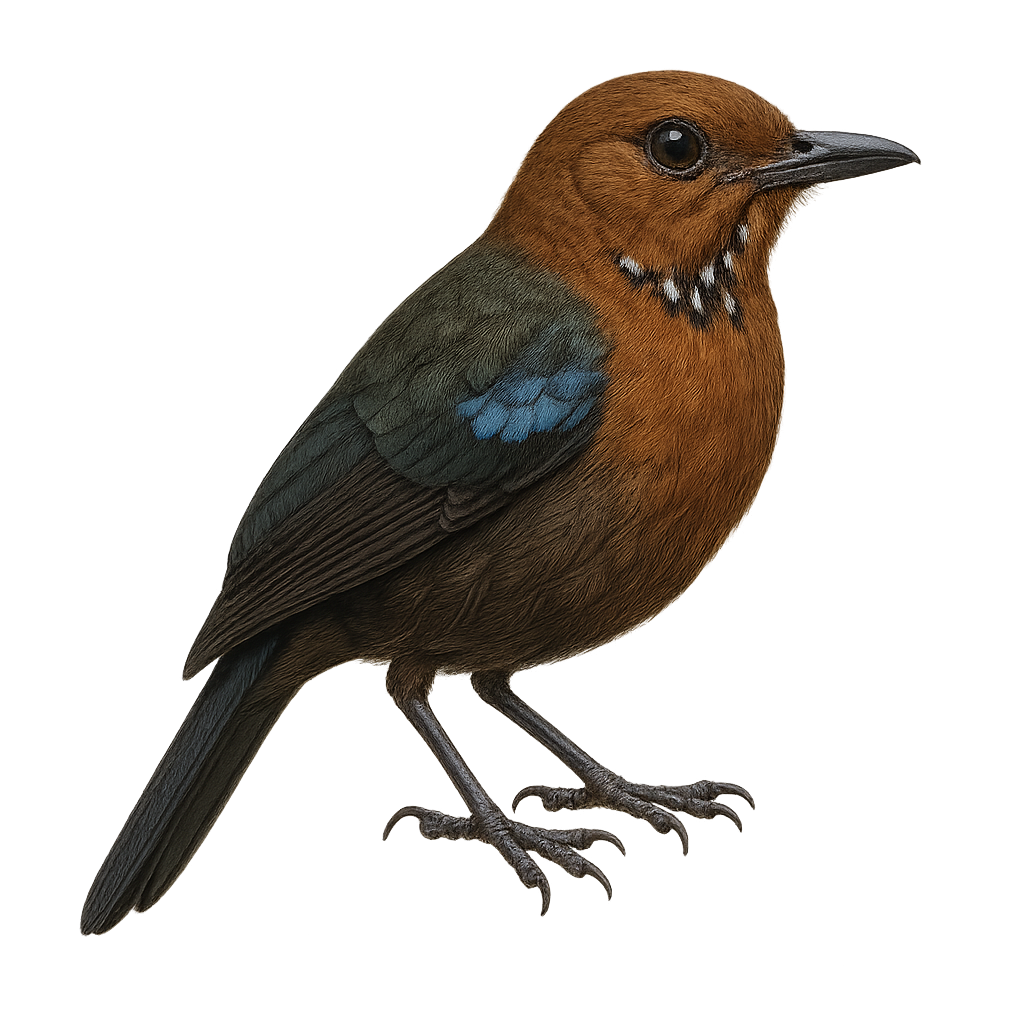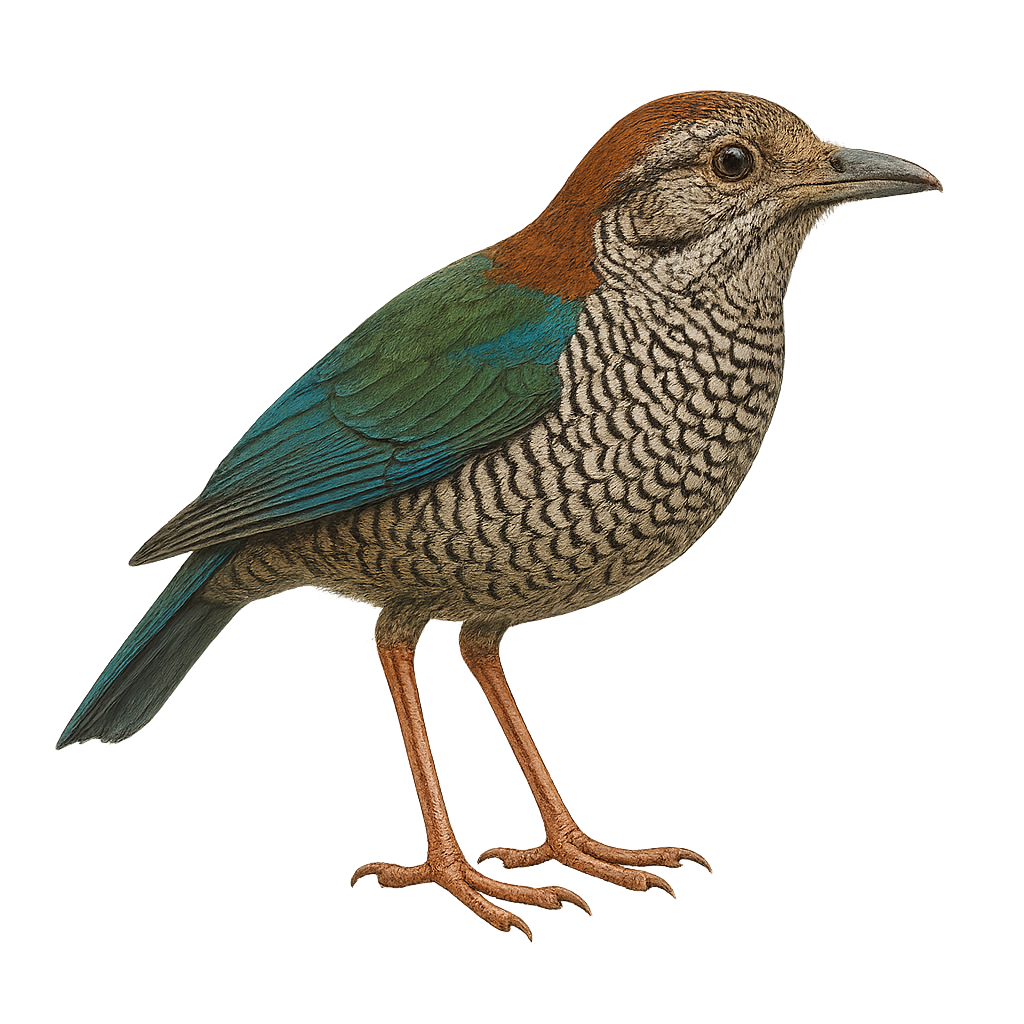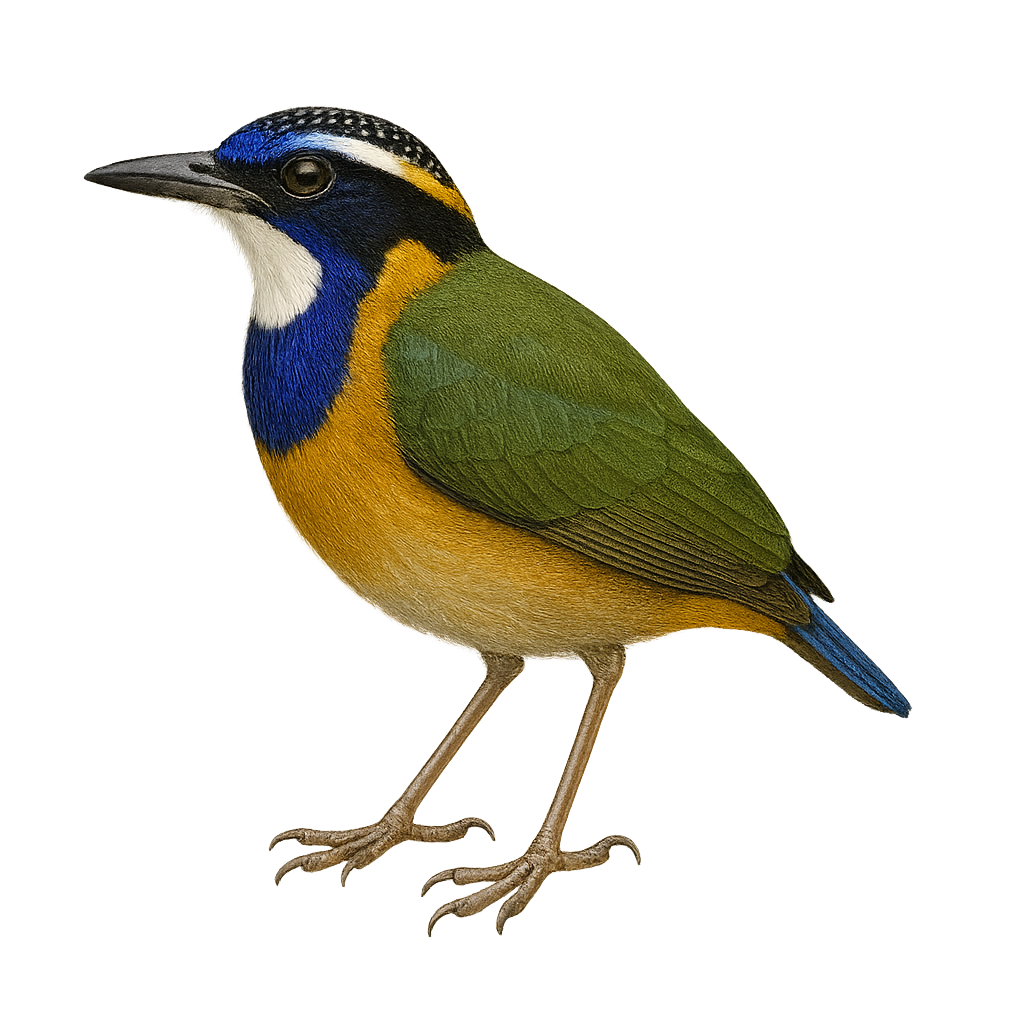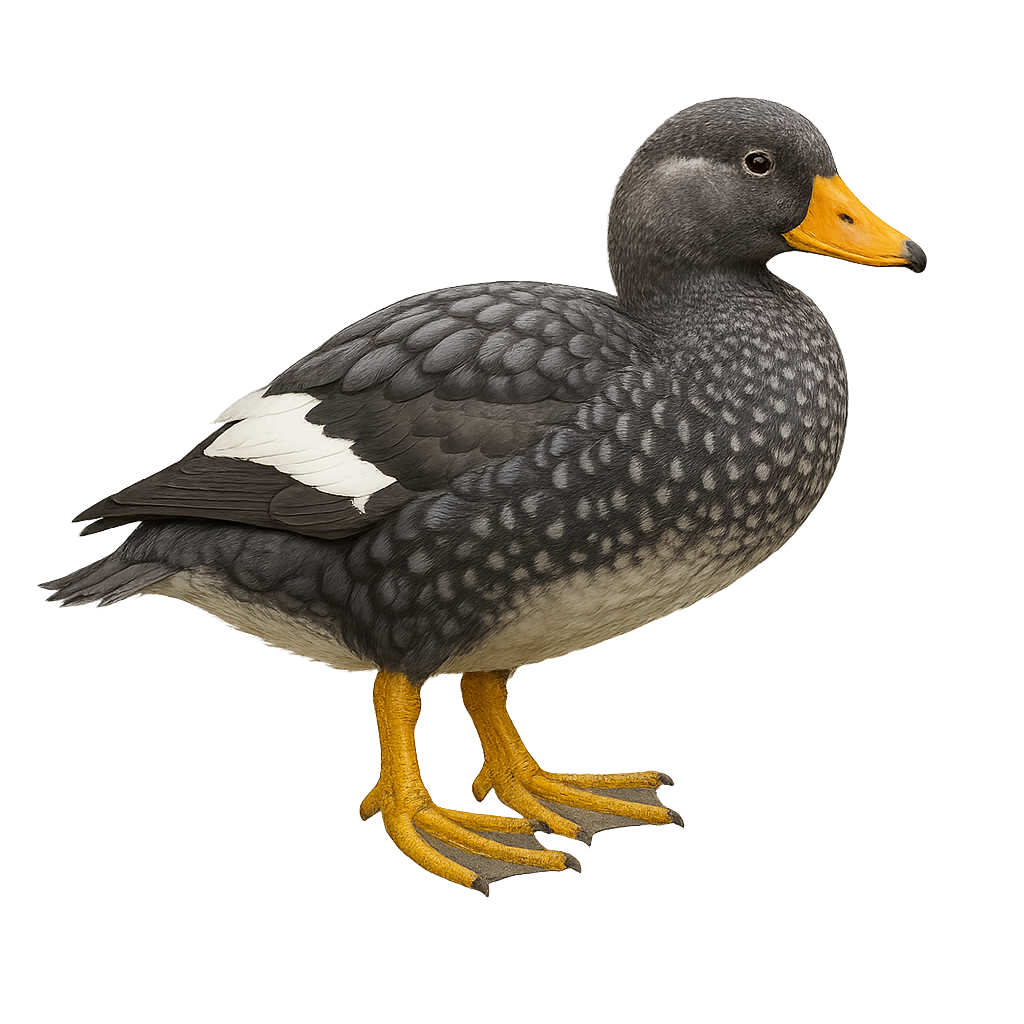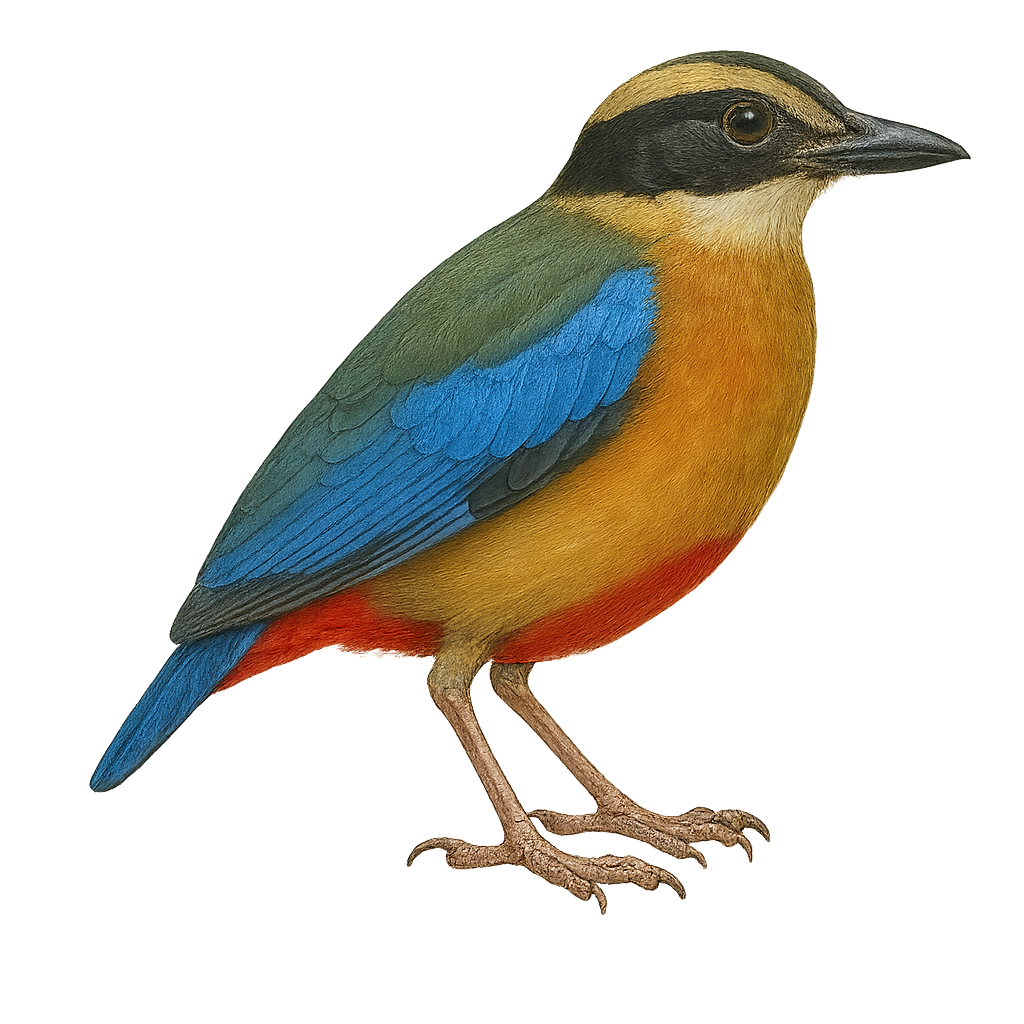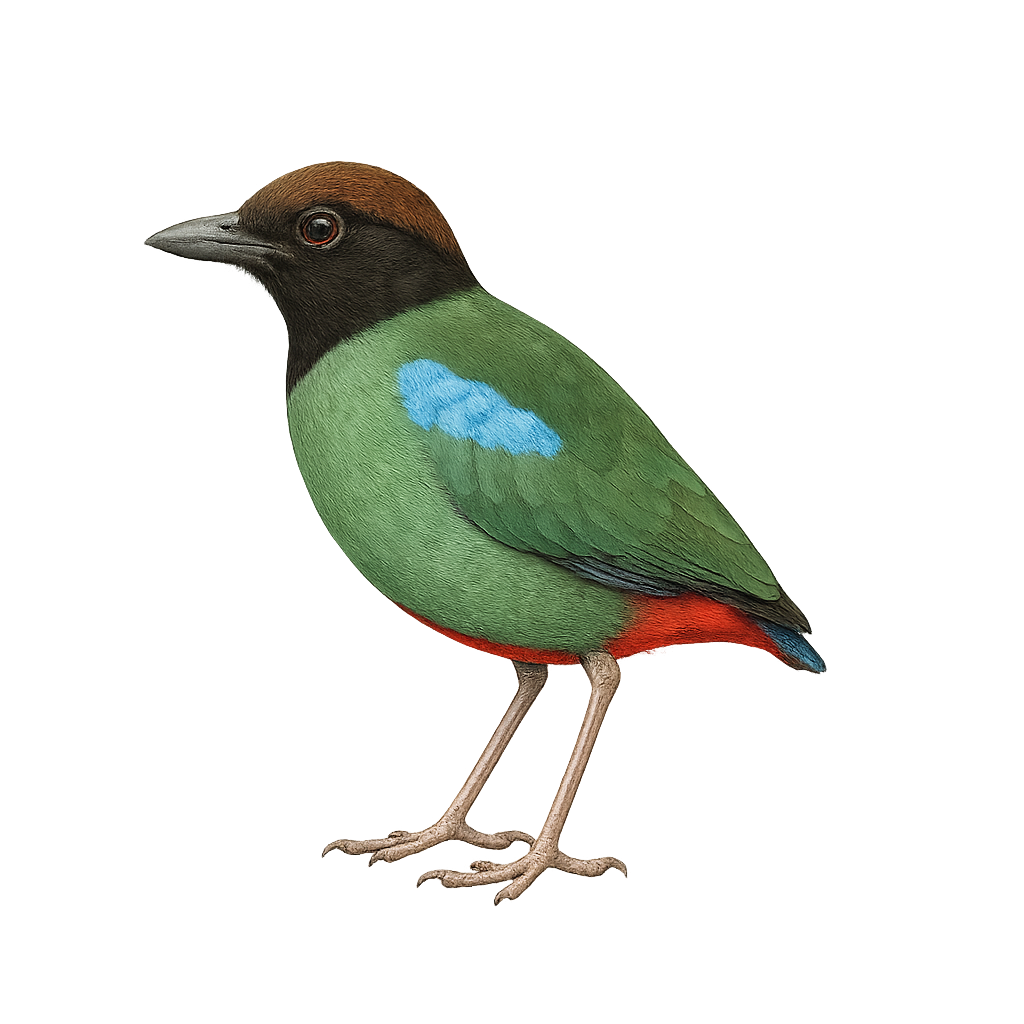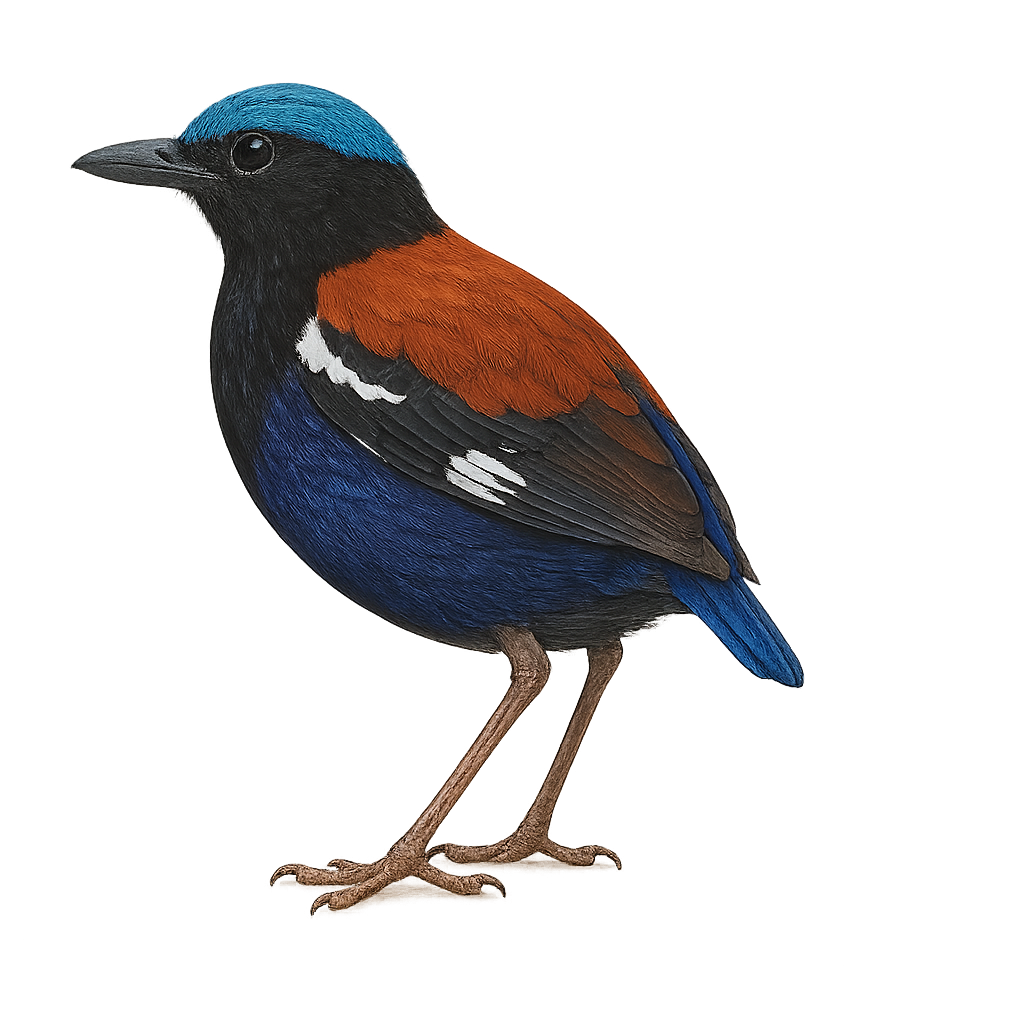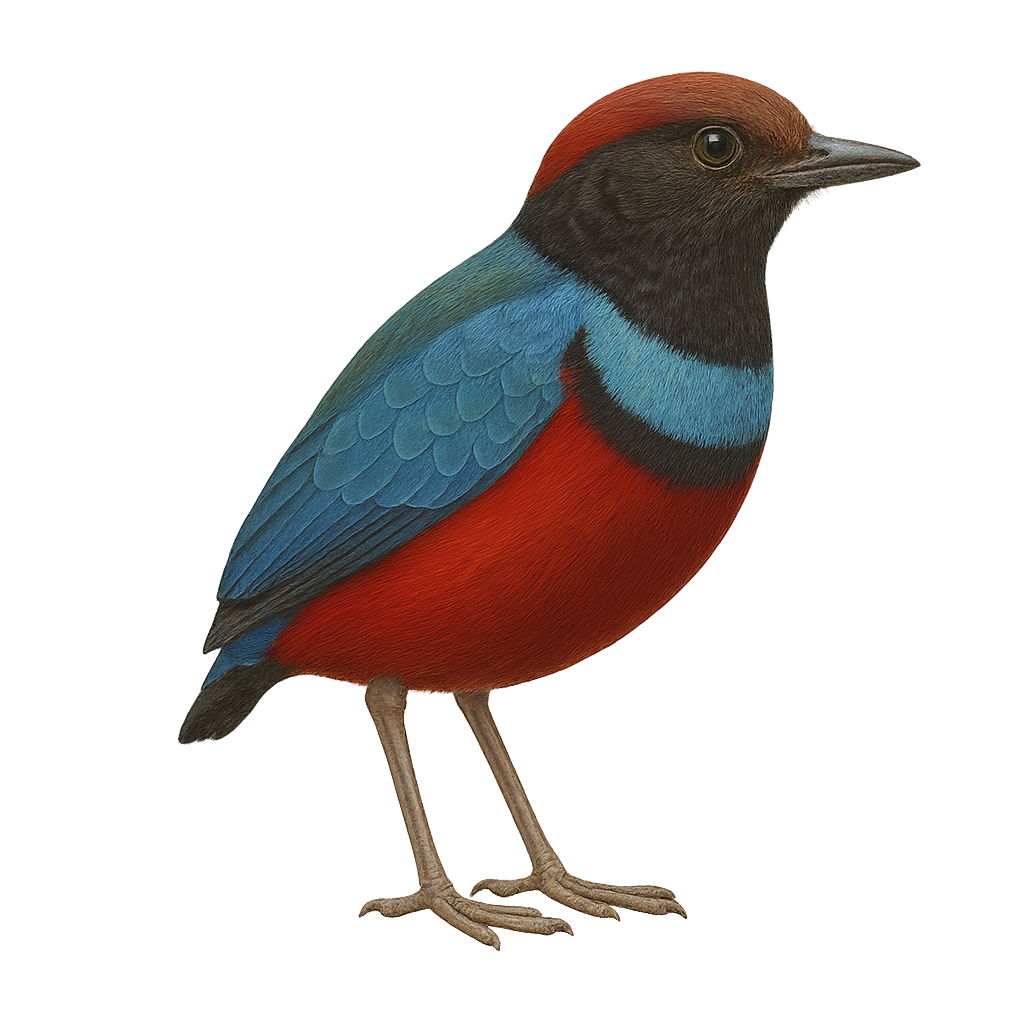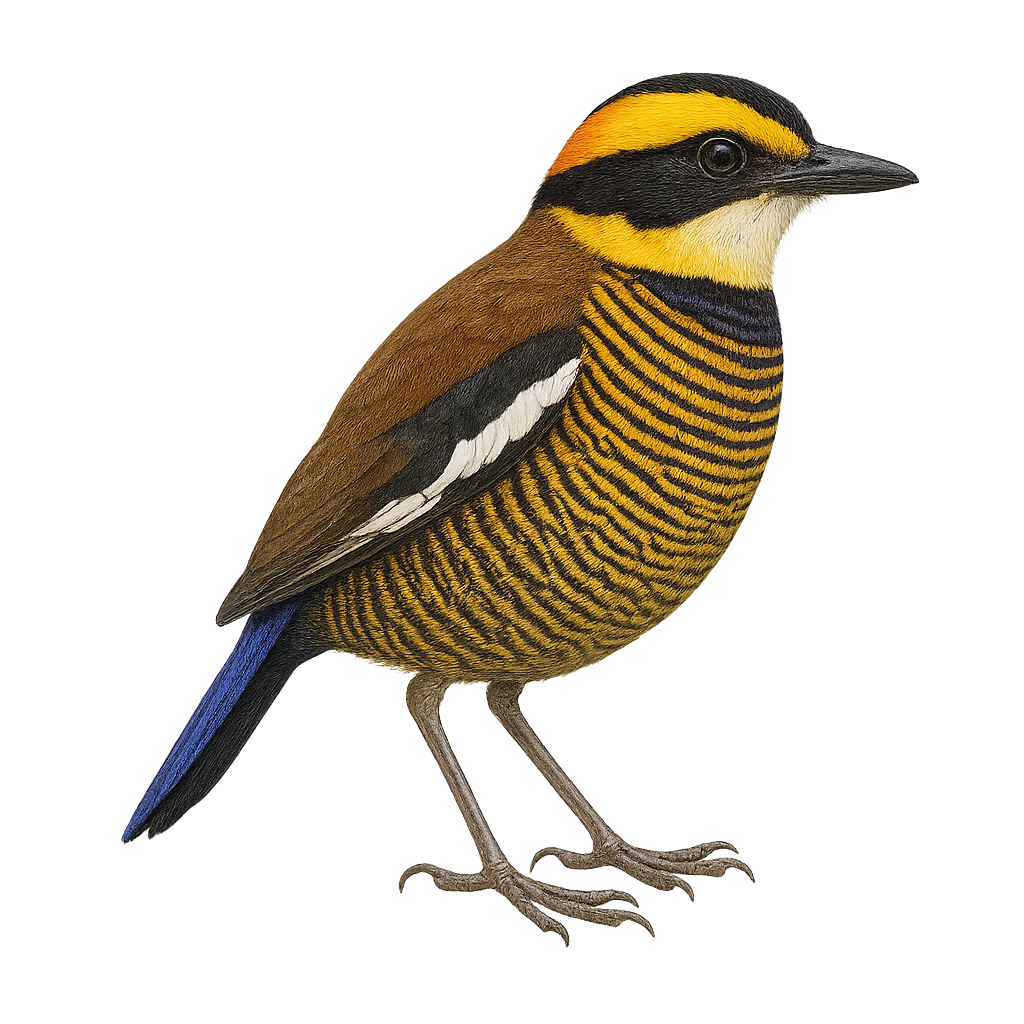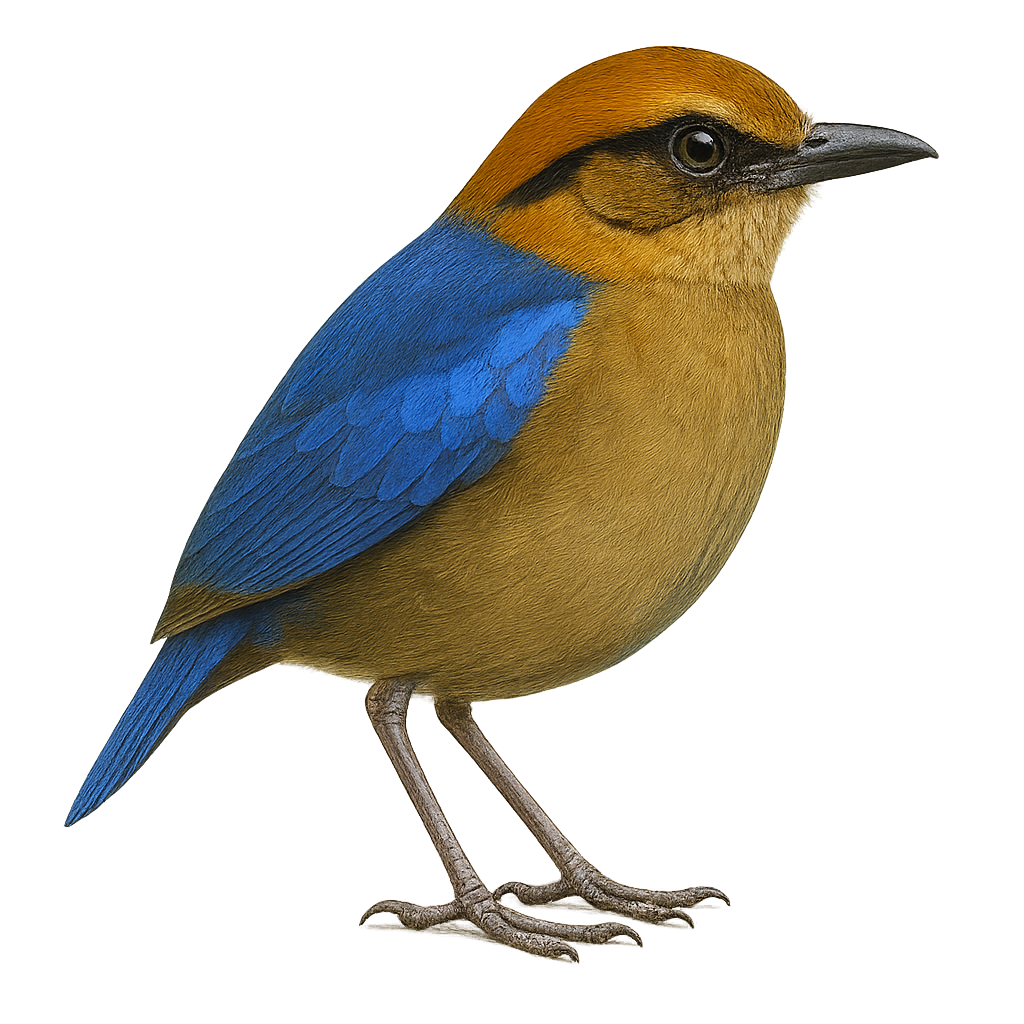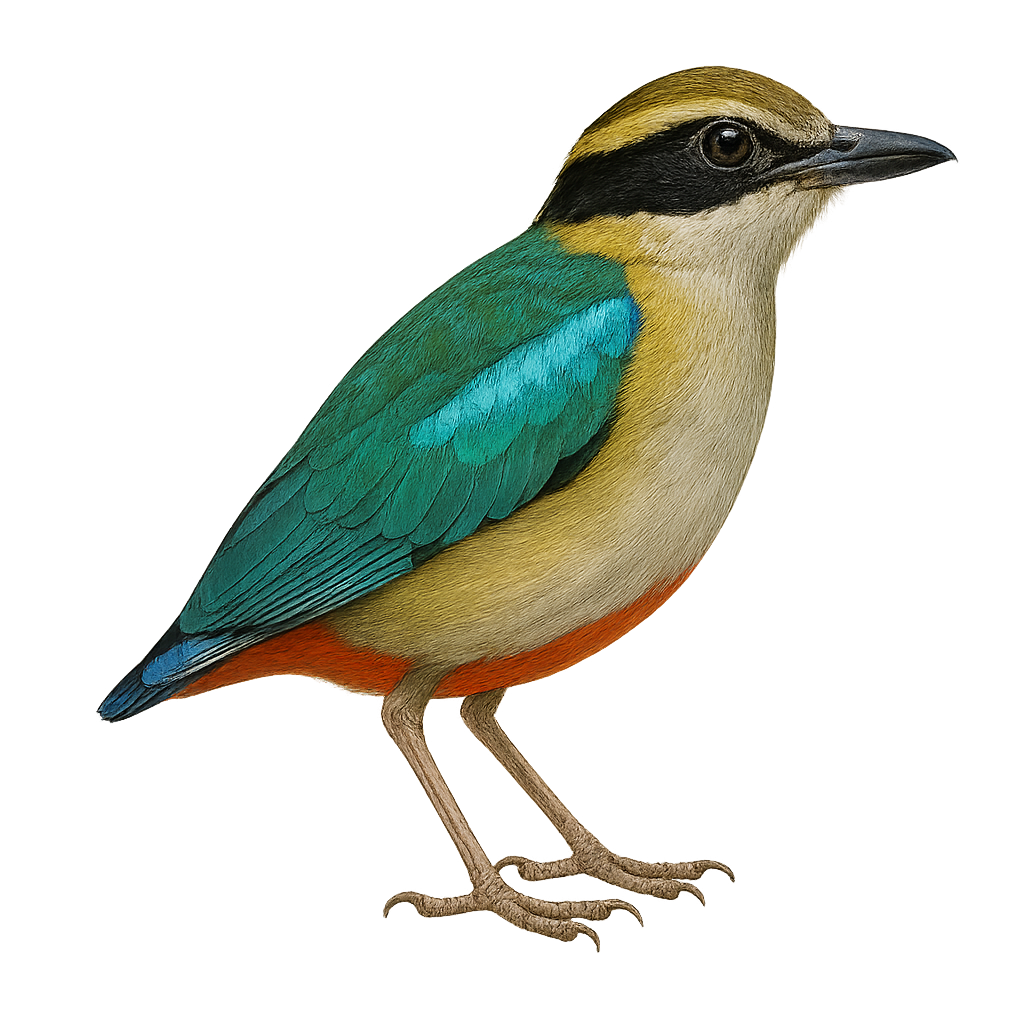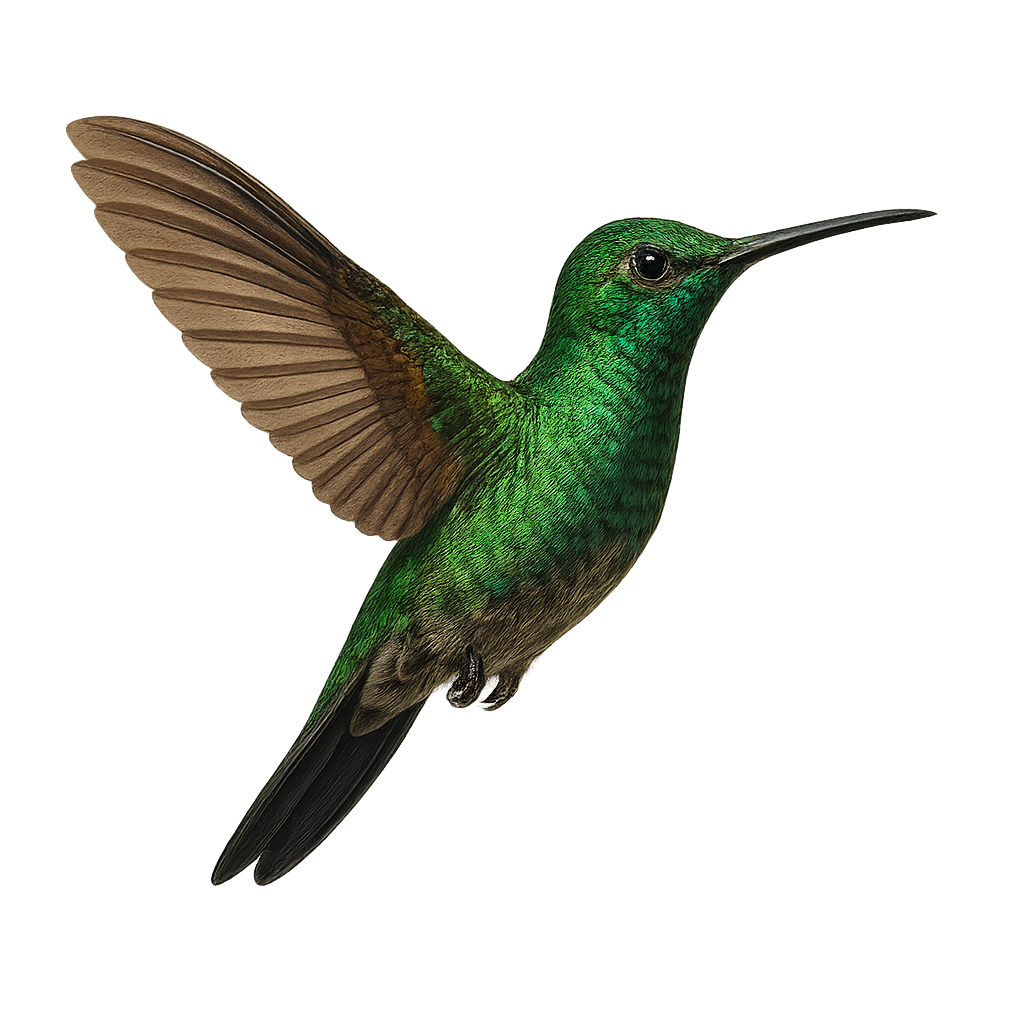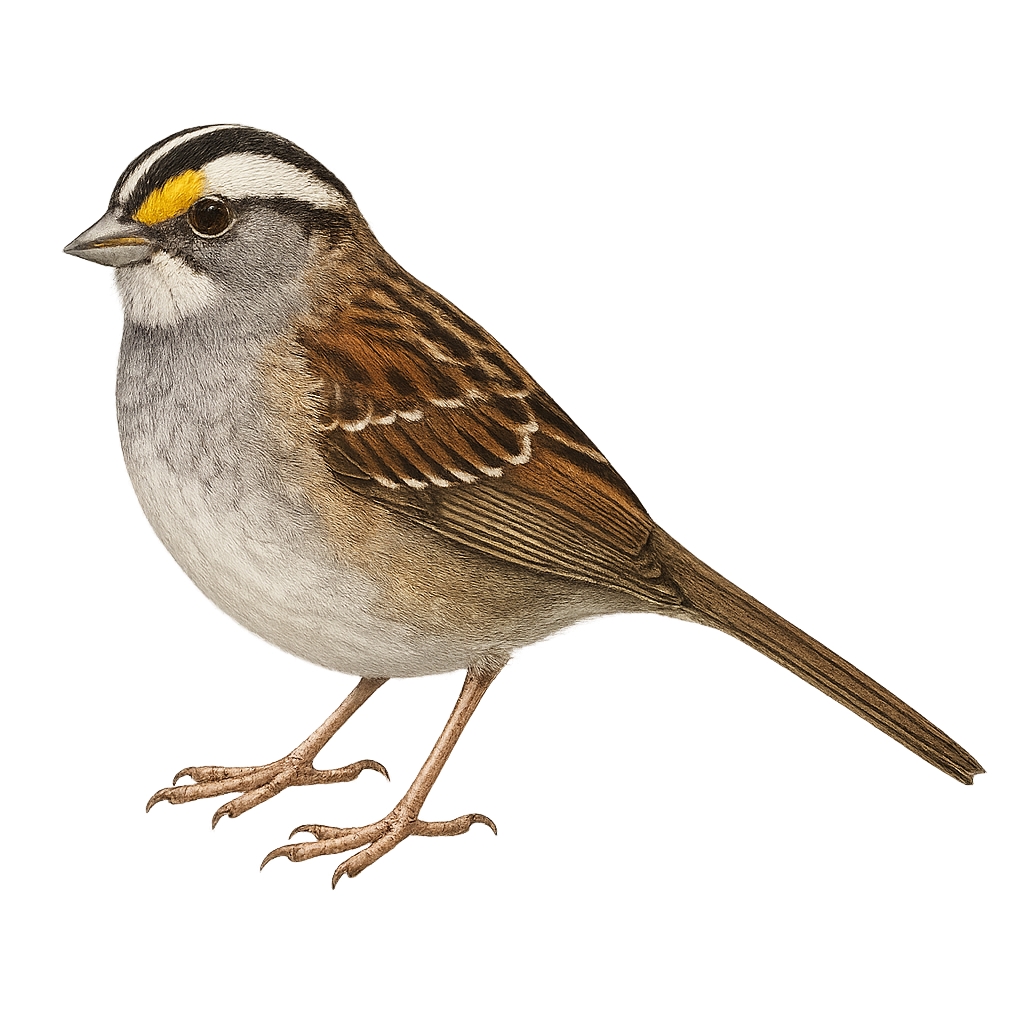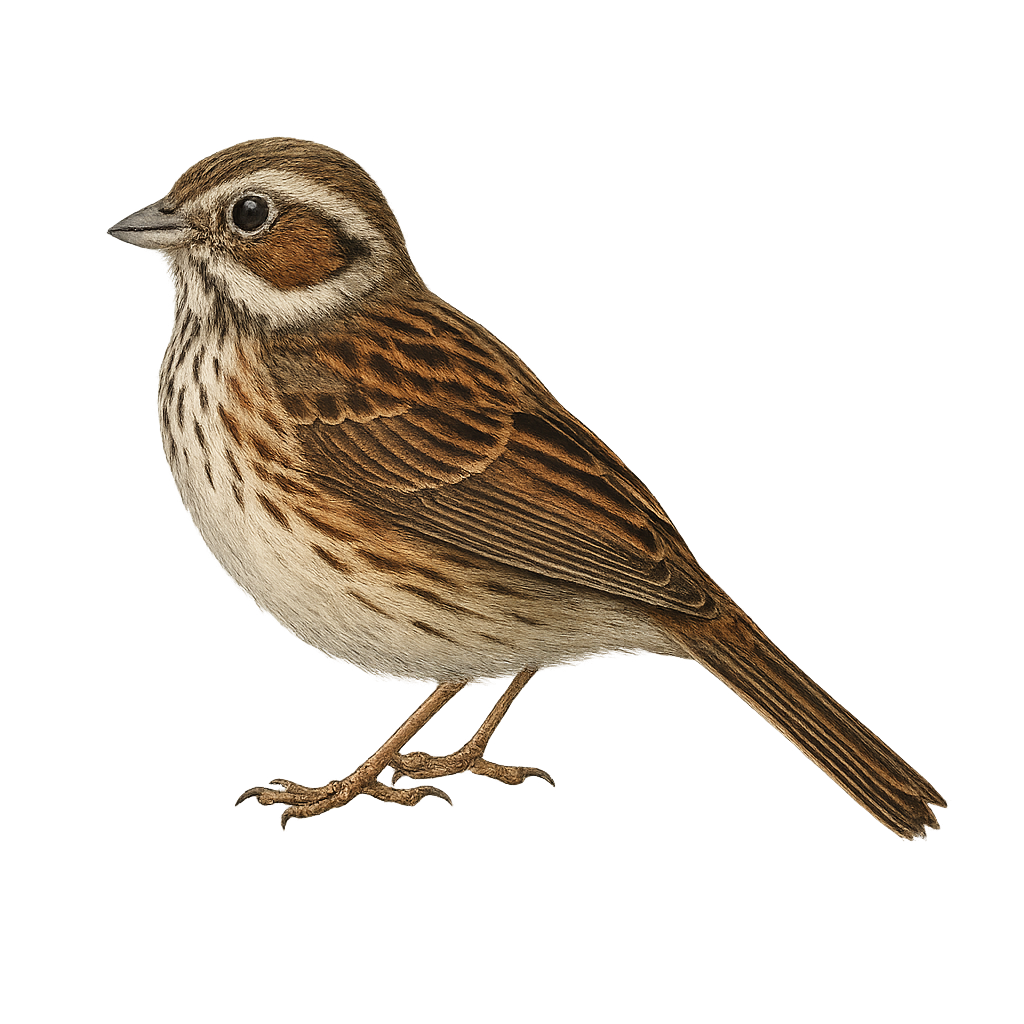The Cackling Goose, or Branta hutchinsii, is a medium-sized waterfowl belonging to the Anatidae family. Often mistaken for the Canada Goose due to their similar appearance, it is generally smaller with a shorter bill. Its plumage is primarily gray-brown with a distinctive black head and neck, featuring a white chinstrap. It primarily inhabits wetlands, lakes, and rivers, feeding on aquatic plants, seeds, and insects. A migratory bird, it travels long distances between its breeding grounds in Alaska and Canada and its wintering areas in the United States. Although generally wary, it can become accustomed to human presence in protected areas.
The Canada Goose is a large waterfowl species easily identified by its brown body, black head and neck, and distinctive white cheek patch. Often seen in large flocks, they form V-shaped formations during migration. These birds are highly adaptable, inhabiting a range of environments from lakes and rivers to urban parks. Their diet is diverse, including aquatic plants, seeds, and insects. While generally tolerant of humans, they can become aggressive if threatened, especially during nesting season.
The Barnacle Goose, Branta leucopsis, is a medium-sized waterfowl belonging to the Anatidae family. It is easily recognizable by its white face contrasting with its black neck and chest. Its back is light gray, while its wings display darker gray shades. It primarily inhabits Arctic regions for breeding, migrating to more temperate areas in winter. Its preferred habitats include coastal areas, estuaries, and wet meadows. The Barnacle Goose is a gregarious bird, often seen in large flocks. It feeds mainly on aquatic vegetation, grasses, and herbs. Although its conservation status is currently assessed as "least concern," it remains vulnerable to climate change and habitat degradation.
The Japanese Night Heron, or Gorsachius goisagi, is a rare and elusive bird primarily found in Japan. It is characterized by its brown plumage and streaked patterns, which help it blend into its forested environment. This bird prefers dense, humid forests where it can find its diet of small fish, insects, and amphibians. The Japanese Night Heron is a migratory bird, wintering in Southeast Asia. Its population is declining mainly due to habitat loss, and it is classified as a vulnerable species by the IUCN. Conservation efforts are crucial to ensure its long-term survival.
The Black-crowned Night Heron is a medium-sized bird, easily recognized by its silver-gray plumage and piercing yellow eyes. It primarily inhabits marshes, estuaries, and lake shores in Europe, Asia, and North Africa. This nocturnal bird is an excellent fisherman, feeding on fish, crustaceans, and invertebrates, which it captures with its strong, pointed bill. Unlike many other aquatic birds, the Black-crowned Night Heron is primarily active at dusk, searching for food in the darkness.
The Black-crowned Night Heron is a social bird, forming colonies for breeding, but it prefers a quiet and hidden environment. While not directly threatened, it faces risks from water pollution and the destruction of its natural habitats.
The White-eared Night Heron, or Gorsachius magnificus, is a rare and elusive bird primarily found in the humid forests of southern China and northern Vietnam. This medium-sized heron is distinguished by its dark plumage, wings adorned with white patterns, and a characteristic white patch behind the eye. It inhabits wooded areas near water bodies, feeding mainly on fish, aquatic insects, and small amphibians. Its behavior is predominantly nocturnal, making it difficult to observe. Due to deforestation and habitat loss, the White-eared Night Heron is classified as endangered by the IUCN.
The Yellow-crowned Night Heron, Nyctanassa violacea, is a medium-sized bird in the heron family. It is easily identified by its striking yellow crown and bluish-gray plumage. This bird is primarily found in wetlands, mangroves, and coastal marshes from the southern United States to northern South America. It feeds mainly on crustaceans, particularly crabs, which it skillfully hunts with its strong bill. The Yellow-crowned Night Heron is a crepuscular and nocturnal bird, often seen alone or in small groups. Although relatively tolerant of human presence, it prefers quiet habitats for breeding.
The Black Bittern, or Botaurus flavicollis, is a medium-sized bird belonging to the Ardeidae family. It is primarily recognized for its dark plumage and distinctive yellow neck. This bird is often found in marshes and wetlands of South and Southeast Asia. It feeds mainly on fish, insects, and small amphibians. The Black Bittern is a discreet bird, often difficult to spot due to its stealthy behavior and plumage that blends into the surrounding reeds. It is most active at dusk and dawn, making it even harder to observe. Its population is stable, although habitat degradation could pose a potential threat.
The Yellow Bittern, or Botaurus sinensis, is a small heron known for its modest size and delicate plumage. Measuring about 38 to 40 cm in length, it features light brown plumage with darker shades on its back and wings. Its slender, pointed beak is perfect for catching small fish and aquatic insects. It is primarily found in the wetlands of Asia, especially in marshes, rice fields, and lake edges. This bittern is known for its discretion and ability to blend into the vegetation, making it difficult to spot. It is often active at dusk and dawn, when it primarily feeds.
The Little Bittern is a small and discreet heron, particularly hard to observe due to its brown and beige plumage, which allows it to blend perfectly into the vegetation of marshes, ponds, and rice fields. This heron is about 30 cm long and is known for its furtive behavior and quick, low flight. It primarily feeds on small fish, aquatic insects, and amphibians, hunting silently as it sneaks through the grasses or hides in reed beds.
This small heron is mainly active at dusk and during the night, making it even more discreet. While not directly threatened, the Little Bittern faces habitat loss due to the destruction of wetlands and the draining of marshes. The conservation of these habitats is crucial for the preservation of the species.
The Black-breasted Buzzard, or Hamirostra melanosternon, is an impressive raptor native to Australia, known for its distinctive black breast and ability to crack emu eggs with stones. This bird measures about 50 to 60 cm in length with a wingspan of 1.5 meters. It primarily inhabits arid and semi-arid regions, favoring open woodlands and savannas. Its plumage is mostly dark brown with black markings on the breast and broad wings. The Black-breasted Buzzard is an opportunistic hunter, feeding on small mammals, birds, and reptiles. It is also known for its unique behavior of using stones to crack open other birds' eggs.
The Honey Buzzard is a medium-sized diurnal raptor, easily recognizable by its plumage marked with light and dark brown patterns and its slender build. It primarily inhabits open forests, hedgerows, and wooded areas in Europe and Asia, and feeds mainly on larvae of bees, wasps, and small insects, which it captures by flying above beehives or attacking the nests of social insects.
This raptor uses its powerful talons and curved beak to extract larvae from the nests. The Honey Buzzard is also known for its ability to undertake long migratory flights, leaving its breeding grounds in Europe to travel to warmer regions in North Africa for the winter. While the population remains stable in many areas, the Honey Buzzard may be threatened by habitat loss and the reduction in insect populations on which it relies.
The Azores Bullfinch, or Pyrrhula murina, is an endemic bird of the Azores, specifically found on the island of São Miguel. This medium-sized bird, measuring about 17 cm in length, is characterized by its grey and black plumage, with white accents on the wings. The male and female show little sexual dimorphism, although the male often has slightly brighter colors. The Azores Bullfinch is primarily granivorous, feeding on seeds, buds, and fruits. It inhabits the humid forests and wooded areas of the island, playing an important role in seed dispersal. Unfortunately, this species is critically endangered due to habitat loss and predation by introduced species.
The Eurasian bullfinch is a small, stocky passerine (14–16 cm) with bright pink-and-black plumage in males and more subdued tones in females. It inhabits mixed woodlands, hedgerows, and orchards across Europe and Asia, feeding on seeds and buds in winter and insects in spring. During the breeding season (April to July), the male utters soft calls from a perch and both partners build a sturdy nest of twigs and moss.
The Long-tailed Ground Roller, or Uratelornis chimaera, is an endemic bird species of Madagascar, remarkable for its appearance and behavior. This medium-sized bird, measuring about 30 cm in length, is notable for its long tail and brown speckled plumage, which provides effective camouflage in its natural habitat. Primarily terrestrial, it prefers running to flying and feeds on insects and small invertebrates found by foraging on the ground. The Long-tailed Ground Roller is a diurnal bird, active mainly in the morning and late afternoon. It is known for its melodious song, used to mark territory and attract a mate. Unfortunately, this species is threatened by habitat destruction due to deforestation.
The Crossley's Vanga is an endemic bird of Madagascar, belonging to the Vangidae family. It is distinguished by its colorful plumage, blending shades of blue, green, and black, and its robust, slightly hooked beak. This bird primarily inhabits the island's humid forests, where it feeds on insects and small invertebrates. Its melodious and varied song is often heard at dawn and dusk. Although its habitat is threatened by deforestation, the Crossley's Vanga is currently classified as "least concern" by the IUCN. However, it is essential to continue monitoring its populations to ensure its long-term conservation.
The Brown Mesite (Geobiastes squamiger) is a terrestrial bird endemic to Madagascar, part of the Mesitornithidae family. It is characterized by its uniform brown plumage, slightly lighter on the belly, and its white-ringed eyes. This elusive bird is primarily found in the island's dry and humid forests, where it feeds on insects and small invertebrates. The Brown Mesite is monogamous, living in pairs or small family groups. Its population is declining due to deforestation and hunting, making it vulnerable to extinction. Conservation efforts are crucial to ensure its long-term survival.
The Schlegel's Asity is an endemic bird of Madagascar, belonging to the Eurylaimidae family. This medium-sized bird features bright green plumage with bluish hues on its wings and tail. Males are distinguished by their striking blue collar around the neck, which becomes particularly prominent during the breeding season. Females, on the other hand, display duller colors, often olive green. The Schlegel's Asity primarily inhabits the island's humid tropical forests, where it feeds on fruits, insects, and small invertebrates. Its melodious and varied song echoes through the undergrowth, adding a sonic touch to its lush environment.
The Flightless Steamer Duck, or Tachyeres pteneres, is a waterfowl species endemic to the coasts of Patagonia in South America. Recognizable by its grayish plumage and large size, it is flightless, setting it apart from other ducks. This duck is mainly observed along rocky shores, where it feeds on mollusks and crustaceans. Males are generally larger than females and have a bright orange bill. Their territorial behavior is pronounced, especially during the breeding season. Although they are not very shy, they prefer isolated areas away from human disturbances. Their population is stable, but their habitat is vulnerable to environmental changes.
The Blue-winged Pitta, or Pitta moluccensis, is a colorful and captivating bird primarily found in Southeast Asia. It is distinguished by its vibrant plumage, with bright blue wings, a red belly, and a black head with a white stripe. Measuring about 20 cm, this bird prefers humid forests, mangroves, and wooded areas. It is often seen on the ground, searching for insects and invertebrates. Although discreet, its melodious song often gives it away. A migratory bird, it moves according to the seasons, seeking habitats conducive to its survival. Its population is stable, but deforestation poses a potential threat.
The Hooded Pitta, scientifically known as Pitta sordida, is a vibrant and captivating bird belonging to the Pittidae family. It is characterized by its striking plumage, featuring a black head, bright green body, and wings with blue and red hues. This bird is primarily terrestrial, moving nimbly through the undergrowth of Southeast Asian tropical forests. Known for its melodious song and loud calls, the Hooded Pitta feeds mainly on insects, small invertebrates, and fruits. It is often seen alone or in pairs, and its elusive nature makes it difficult to spot. Despite its beauty, it faces threats from habitat loss due to deforestation.
The Blue-headed Pitta, scientifically known as Hydrornis baudii, is a vibrant and elusive bird native to the tropical forests of Borneo. It is easily identified by its striking blue head and a body adorned with shades of brown and black. This small bird primarily feeds on insects and small invertebrates found in the forest litter. The Blue-headed Pitta is a solitary creature, often difficult to spot due to its secretive nature and dense habitat. Although its population is currently stable, deforestation poses a potential threat to its natural environment. Birdwatchers admire this species for its vivid colors and melodious song, though observing it often requires patience and stealth.
The Red-bellied Pitta, or Erythropitta erythrogaster, is a colorful and fascinating bird native to the tropical forests of Southeast Asia. Its striking plumage, predominantly red on the belly, contrasts with shades of blue and green on the back and wings, making it a visually impressive sight. This elusive bird prefers dense undergrowth where it primarily feeds on insects and small invertebrates. Although often difficult to spot due to its shy behavior, it is cherished by birdwatchers for its beauty and melodious song. The Red-bellied Pitta plays a crucial role in the ecosystem by controlling insect populations and aiding in seed dispersal.
The Malayan Banded Pitta, or Hydrornis guajanus, is a colorful and fascinating bird native to the tropical forests of Southeast Asia. This medium-sized bird is particularly admired for its striking plumage, which features a mix of blue, yellow, and black, with a distinctive band around the chest. The Malayan Banded Pitta is a discreet bird, often difficult to observe due to its shy behavior and dense habitat. It primarily feeds on insects and small invertebrates found in the forest litter. Although its song is melodious, it is rarely heard outside the breeding season. Deforestation poses a threat to its habitat, although the species is not currently considered critically endangered.
The Schneider's Pitta, or Hydrornis schneideri, is a colorful and elusive bird primarily found in the tropical forests of Southeast Asia. Its medium size and vibrant plumage, featuring shades of blue, red, and black, make it a subject of fascination for birdwatchers. This bird prefers dense undergrowth where it feeds mainly on insects and small invertebrates. Although its song is melodious, it is often difficult to spot due to its discreet behavior. The Schneider's Pitta is a sedentary bird, and its habitat is threatened by deforestation, leading to a decline in its population.
The Steere's Pitta is a colorful and rare bird, endemic to the Philippines, primarily found on the island of Mindanao. It is distinguished by its striking plumage, combining shades of blue, green, and red, giving it a spectacular appearance. This bird prefers dense tropical forests, where it feeds mainly on insects and small invertebrates. Unfortunately, deforestation and habitat loss threaten its survival, making it vulnerable. The Steere's Pitta is a discreet bird, often difficult to observe due to its shy behavior and isolated habitat. Protecting its natural habitats is essential to ensure its long-term preservation.
The Fairy Pitta, known scientifically as Pitta nympha, is a medium-sized bird renowned for its dazzling plumage that features shades of blue, green, red, and black. This migratory bird is primarily found in East Asia, particularly in China, Japan, and Korea. It prefers dense, humid forests where it feeds mainly on insects and small invertebrates. The Fairy Pitta is often difficult to spot due to its elusive behavior and dense habitat. It is currently classified as vulnerable due to habitat loss and increasing deforestation in its breeding and wintering areas.
The Green-crowned Brilliant, scientifically known as Heliodoxa jacula, is a medium-sized hummingbird found in the humid forests of Central America, from Costa Rica to Panama. Measuring about 11 to 12 cm, this bird is notable for its striking metallic green plumage and emerald crown. Males have a distinctive blue-violet throat, while females feature a white throat speckled with green. Their relatively short, slightly curved beak is well-suited for nectar feeding. These birds are often seen hovering near flowers, using their agility to access nectar while playing a vital role in pollination.
The White-throated Sparrow is a medium-sized songbird, easily identified by its distinctive white throat contrasting with its brown streaked plumage. It also features a yellow patch above each eye. Found mainly in North America, it inhabits mixed forests and dense undergrowth. Its melodious song is often heard in spring and summer. This sparrow is a partial migrant, moving to the southern United States in winter. It primarily feeds on seeds, insects, and berries. Pairs nest on or near the ground, hiding their nests under bushes or tall grasses. The White-throated Sparrow is a sociable bird, often seen in small groups, especially outside the breeding season.
The Chestnut-eared Bunting, Emberiza fucata, is a small bird from the Emberizidae family. It is easily identifiable by its distinctive chestnut ear patches and brown and gray plumage. This passerine bird primarily inhabits open areas such as grasslands and cultivated fields, feeding on seeds and insects. It is commonly found in Asia, especially in China, Japan, and Russia. During the breeding season, the male sings to attract a mate, subsequently building a well-hidden nest in low vegetation. Although its conservation status is currently "least concern," habitat destruction could pose future threats.


